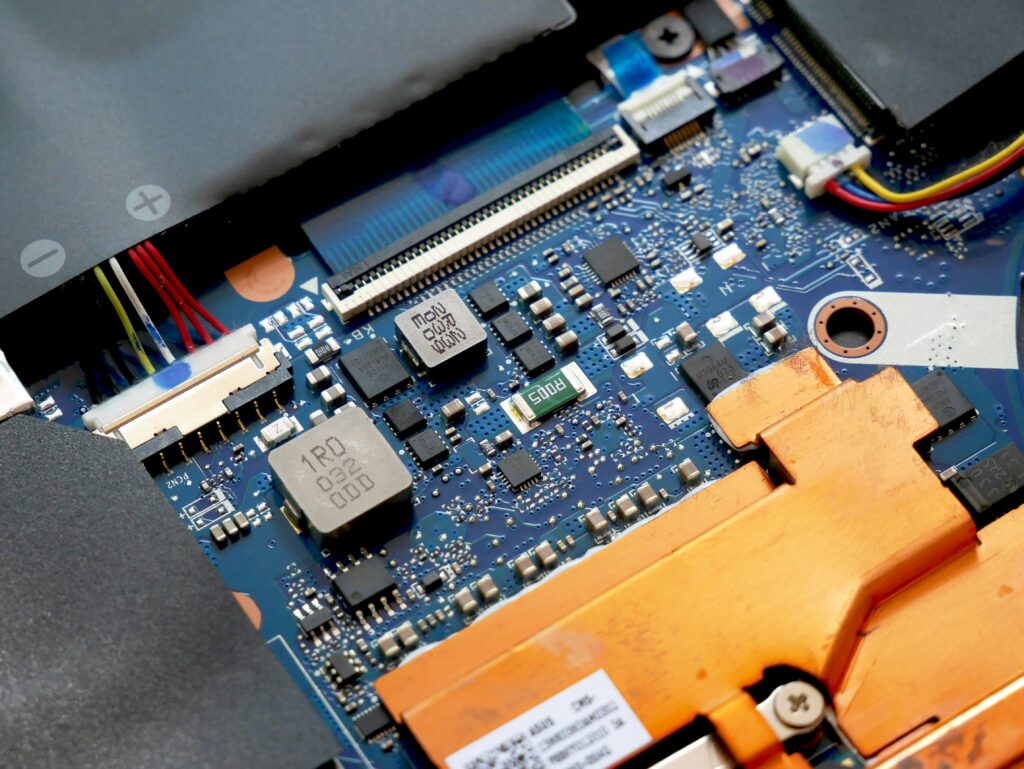Introduction
Modern electronic devices from smartphones to spacecraft depend on microchips. These microchips are made up of thousands to billions of tiny components like transistors, capacitors, and resistors, all embedded on a silicon wafer. But how are these microscopic parts actually created and structured? That’s where chip component founding comes in.

Let’s explore the science that drives this remarkable process.
1. What Is Chip Component Founding?
Chip component founding refers to the process of creating, placing, and integrating the fundamental components (transistors, diodes, resistors, etc.) onto a semiconductor substrate. This process involves photolithography, ion implantation, etching, doping, and layering, all performed with atomic-scale precision.
This entire set of operations is handled in a semiconductor fabrication plant (commonly called a “foundry”), where raw silicon wafers are transformed into powerful integrated circuits.
2. Material Science: Why Silicon Is the Base Material
Silicon is the backbone of modern microchip manufacturing, mainly because of its unique electrical characteristics. As a semiconductor, it can behave like both a conductor and an insulator, depending on how it’s treated—this controllability is essential for building electronic circuits.
The process begins with the creation of ultra-pure silicon crystals, typically formed into large cylindrical ingots through a method called the Czochralski process. These ingots are then sliced into thin, smooth discs called wafers. These wafers act as the blank canvas on which all microchip components are constructed.
Silicon’s natural abundance, thermal stability, and cost-effectiveness make it ideal for producing billions of chips at scale, enabling everything from basic electronics to advanced AI processors.
🔬 3. Photolithography: The Blueprint of Microscopic Circuits
- Think of photolithography as printing blueprints onto the silicon wafer.
- A light-sensitive chemical (photoresist) is applied, then ultraviolet light is projected through a mask (similar to a stencil).
- Wherever the light hits, the photoresist changes its solubility. This allows selective removal in subsequent steps, creating tiny patterns.
This step defines where the components will go and how they’re interconnected.
⚡ 4. Doping and Ion Implantation: Engineering Electrical Properties
- Doping introduces impurities like boron or phosphorus into the silicon to modify its electrical behavior.
- N-type doping (adds electrons).
- P-type doping (creates electron holes).
- This is done by ion implantation, where ions are accelerated and embedded into the wafer with pinpoint accuracy.
This process enables the creation of p-n junctions, the building blocks of diodes and transistors.
🔩 5. Etching and Deposition: Shaping and Building Layers
- Etching removes unwanted material using chemicals (wet etching) or plasma (dry etching).
- Deposition adds new material layers (like silicon dioxide, polysilicon, or metal conductors) over the wafer using techniques like:
- Chemical Vapor Deposition (CVD)
- Physical Vapor Deposition (PVD)
These steps are repeated dozens or even hundreds of times to build up the multi-layer architecture of modern chips.
🧠 6. Transistor Creation: Heart of the Microchip
- The transistor—especially the CMOS (Complementary Metal-Oxide-Semiconductor) type—is the key component in modern chips.
- It acts like a tiny switch, controlling current flow. Billions of these switches form the logic that powers devices.
Each transistor is only a few nanometers wide in today’s cutting-edge chips (as small as 3nm process nodes).
📏 7. Metallization: Wiring the Circuitry
- Once all components are formed, they need to be interconnected.
- This is done using metal layers, often made of copper or aluminum, which are patterned through further lithography and etching.
- Multiple metal layers form a complex 3D wiring system.
🧼 8. Testing and Packaging
- The finished wafer undergoes electrical testing to verify functionality.
- Working chips are cut (or “diced”) from the wafer, packaged, and connected to external pins or pads for integration into electronics.
🚀 Conclusion: Precision and Physics at the Atomic Scale
The founding of chip components is an incredibly precise, multi-step scientific process that combines quantum physics, material science, nanotechnology, and electrical engineering. Every smartphone, computer, and smart gadget owes its intelligence to these tiny yet powerful chip components built layer by layer, atom by atom.
How to Start a Tech Blog & Monetize It (2025 Guide)
Best Freelance Jobs for Tech Beginners (No Experience Needed)
the Future of AI: 5 great Predictions that Will Change Tech in 2025
